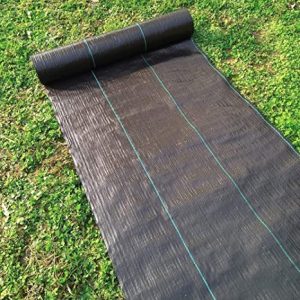How Thick is a Geotextile?
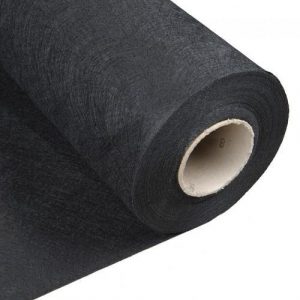
Geotextile is a penetrating synthetic material used to improve soil characteristics. It can separate, filter, harden, protect and drain water when used in conjunction with soil. Geotextiles are suitable for many infrastructure projects such as roads, harbors, dumping sites, dumping structures, and other community projects.
GEOTEXTILE TYPES
Geotextiles are made of polymers such as polyester or polypropylene. They are divided into 3 categories according to how they are arranged:
1. Woven Geotextile
2. Non-Woven Geotextile
3. Knitted Geotextile
WOVEN GEOTEXTILE
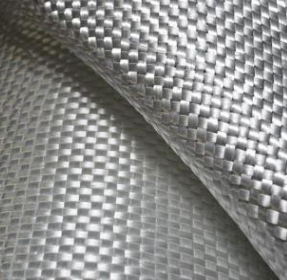
The geotextile commonly found is of woven type and is produced by adoption techniques such as weaving standard textile fabrics. This type has the appearance of a feature of two sets of matching threads or strings. A long-running thread is called a warp and another perpendicular is called a weft.
NON-WOVEN GEOTEXTILE

Non-woven geotextile is produced from continuous filament fiber or short-staple fiber. Threading is done using thermal, chemical, or mechanical techniques or combinations of techniques.
Geo-fibers obtained from mechanical or chemical compounds or thermal composites have a thickness of 0.5-1 mm while non-chemical bonds are relatively thick in comparison with a thickness of 3 mm.
KNITTED GEOTEXTILE
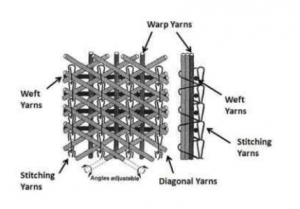
Knitted geotextiles are produced by the process of tying a series of threads together. All knitted geosynthetics are created using knitting techniques in line with other geosynthetics practices, such as weaving.
Apart from these three geotextiles, other geosynthetics used are Geonets, Geogrids, Geo-cells, Geomembranes, Geocomposites, etc. each has its unique features and uses for special operations.
PUNCTURE RESISTANCE
Geotextile-related ability is to maintain objects or stones from exploding or pushing on objects. Nonwoven geotextiles have high piercing resistance which is necessary to prevent construction damage during the installation and placement of filling materials with sealing equipment. Woven geotextiles usually have very low puncture resistance and often (obscure) injuries occur during installation resulting in reduced performance or long-term failure. Strong puncture resistance involves pushing a 50mm wide plunger into the geotextile and measuring with KN (top is better). Strong puncture resistance involves dropping the cone into geotextile and measuring the hole size in mm (lower is better).
TENSILE STRENGTH
Woven fabrics from Malaysia are woven by crossing yarn which creates a strong bond, which means they are stronger and more durable than non-woven due to woven fabrics.
Non-woven geotextile will have a much greater elongation (over 50%) than woven geotextile (between 5% and 25%).
LIFE EXPECTANCY
Geotextile synthetic material is a polymer material or polymer engineering material used in geoengineering and civil engineering. It is used in many fields such as water conservation, dams, road construction, etc. The long service life of geotextile can provide more than 50 years, which can reduce costs.
In experiments, the service life of fiber geotextile is longer than that of polypropylene geotextile, which accelerates geotextile aging by more than 50 years.
Geotextile manufacturing materials are not related to service life, and their features are also related. Proper geotextile will withstand the aging of more than 50 years, so the manufacturer can use it.
However, the life of the geotextile fabric can be extended up to 20 years with various treatments and combinations.
PROPERTIES AND TEST METHODS
Geotextile structures are usually divided into the following groups: physical, mechanical, hydraulic, tolerant, and degradable. Each group includes experiments showing a different aspect of geotextile and their function. In addition to these structural groups, geotextile testing may be considered an indication of performance. The index test is used for the general presentation of a geotextile product and does not provide values that can be used directly for design purposes, while performance testing provides information about the expected behavior of geotextile in the engineering system.
Physical properties are used to express geotextile in an accepted, structured, and obtained state by reference index testing. Typical visual structures include specific gravity, unit size, thickness, and durability.
The mechanical properties provide an understanding of geotextile strength and/or pressure under various loads. Typical mechanical properties include compression, tensile strength, tear strength, puncture strength, and seam strength. A variety of tests are available to determine geotextile strength, usually designed to depict the conditions encountered in-field installation.
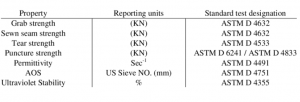
One of the most essential strength properties for a geotextile is tensile strength. Geotextile tensile strength is measured by tying the opposite ends of a geotextile sample to a machine test and stretching the template until a failure occurs. In general, both the energy applied to the geotextile and the types of geotextile are measured, allowing the observation of the stress-strain curve and the development of a compatible module. Several tests are available to measure the strength of the geotextile tensile, with the main variations depending on the type of clamp used and the geotextile template size. The grab tensile test, ASTM D 4632, is a strong geotextile strength that is often specified and reported. It involves testing a diameter of 100 mm wide by 150 mm long geotextile specimen.
Other geotextile strength tests focus on making sure the geotextile is strong enough to withstand the pressures of installation, often the heaviest pressures placed on the geotextile during its lifetime. The tests that are usually specified are tears and the power of piercing. The penetration strength of geotextile is usually measured by making small cuts in the adjusted pattern as well as testing on a solid test machine. The Puncture strength is tested by measuring the force required to strike a probe through a geotextile specimen. Generally, the ASTM D 4833 is a standard specification for obtaining puncture strength.

